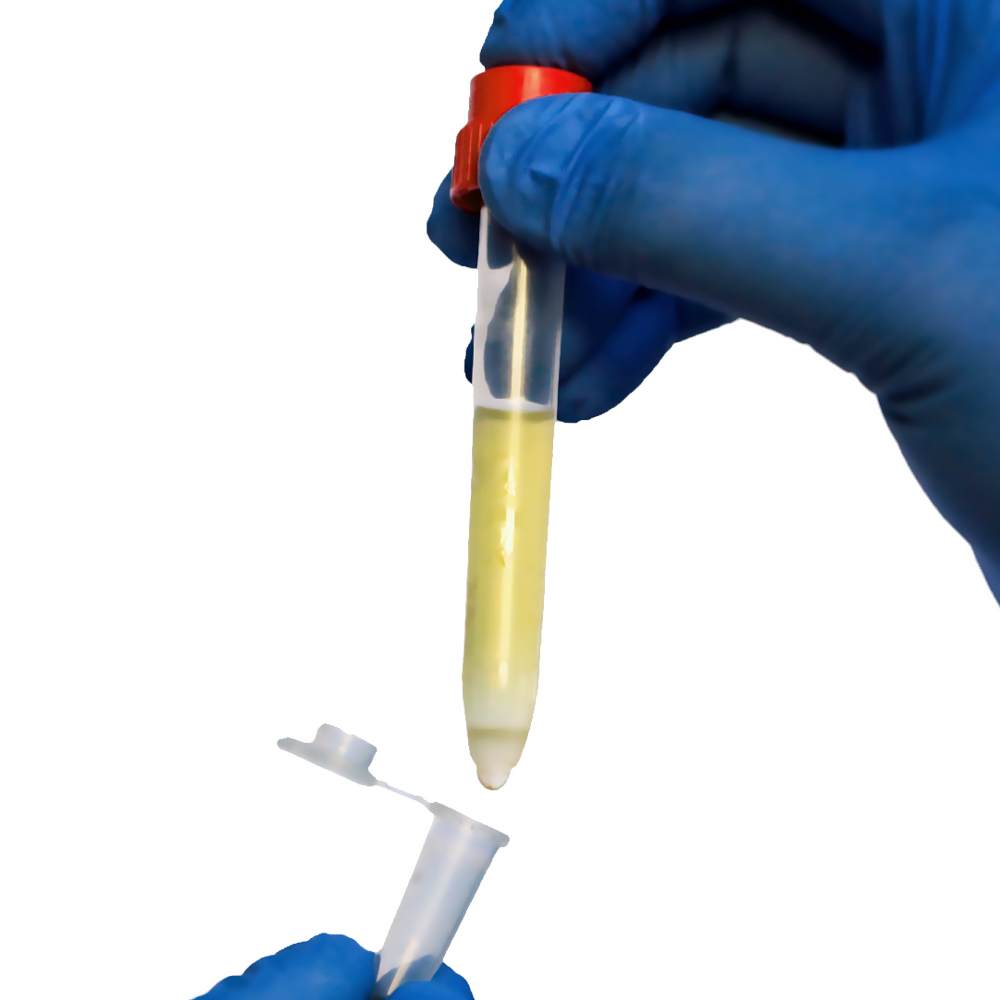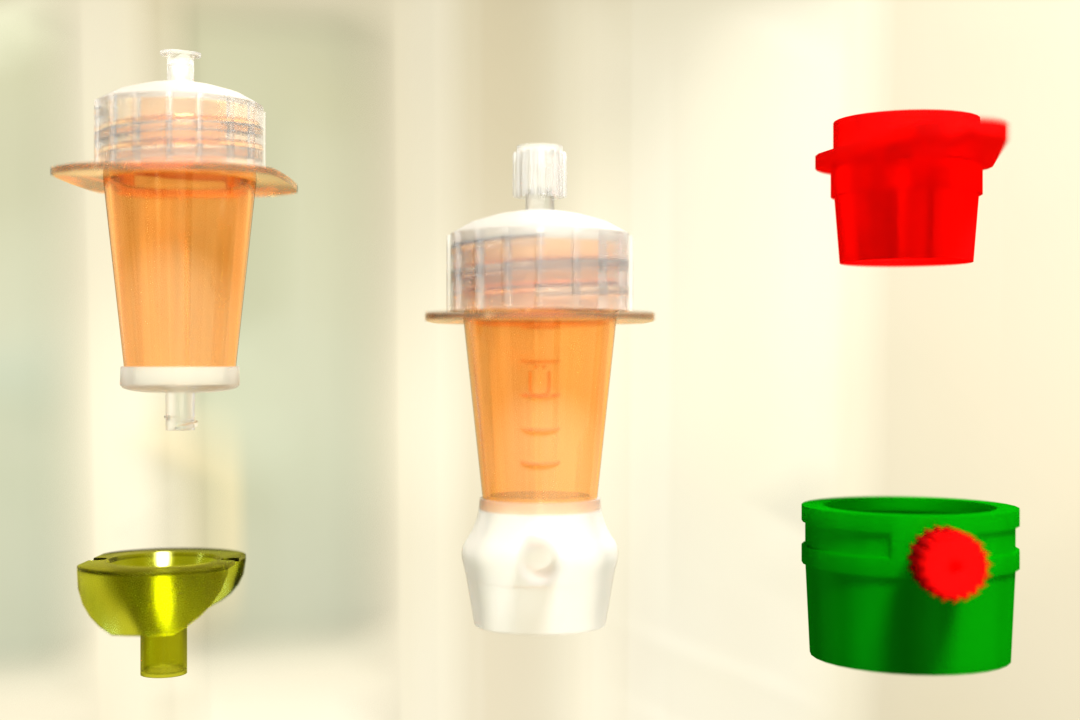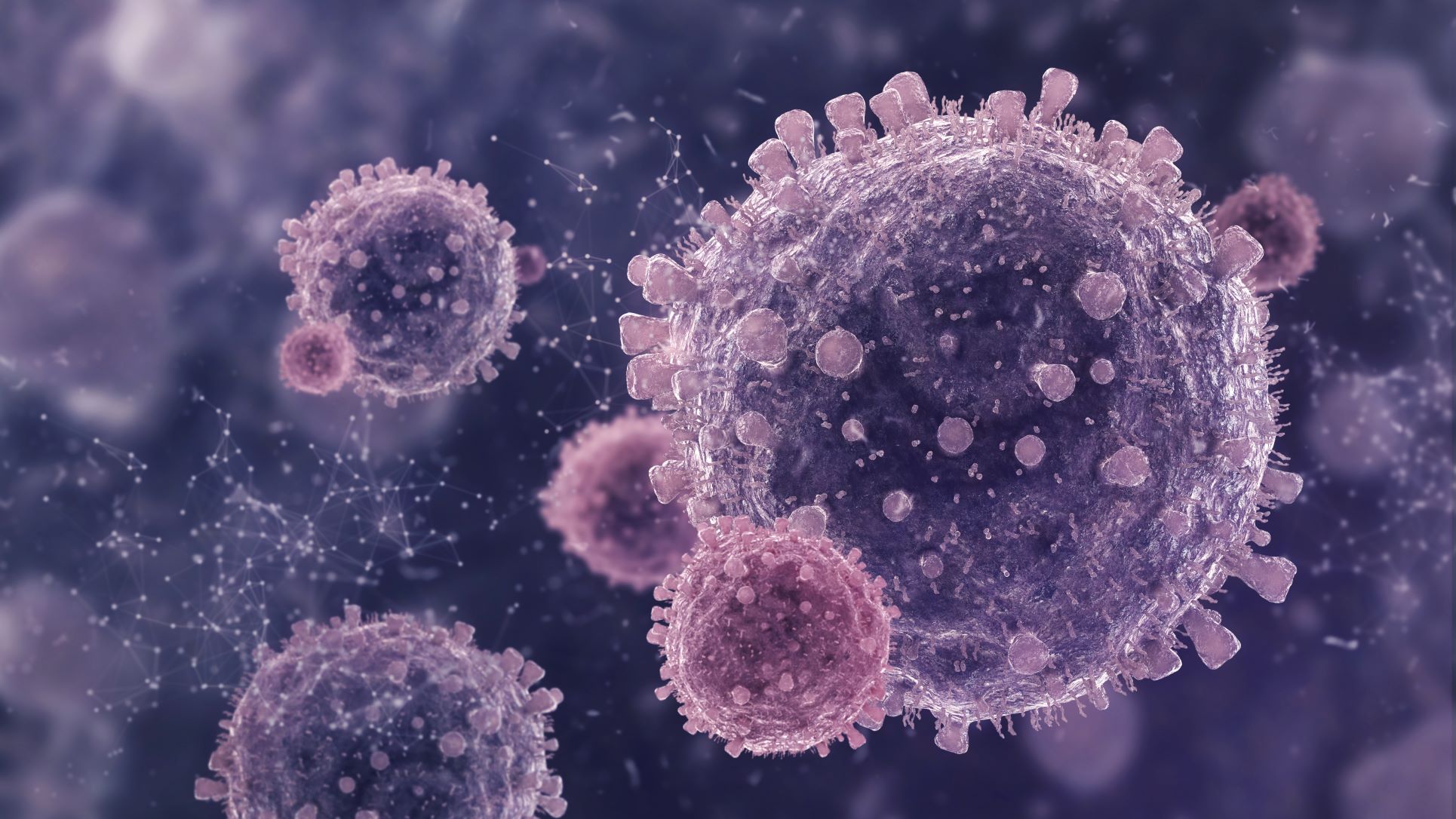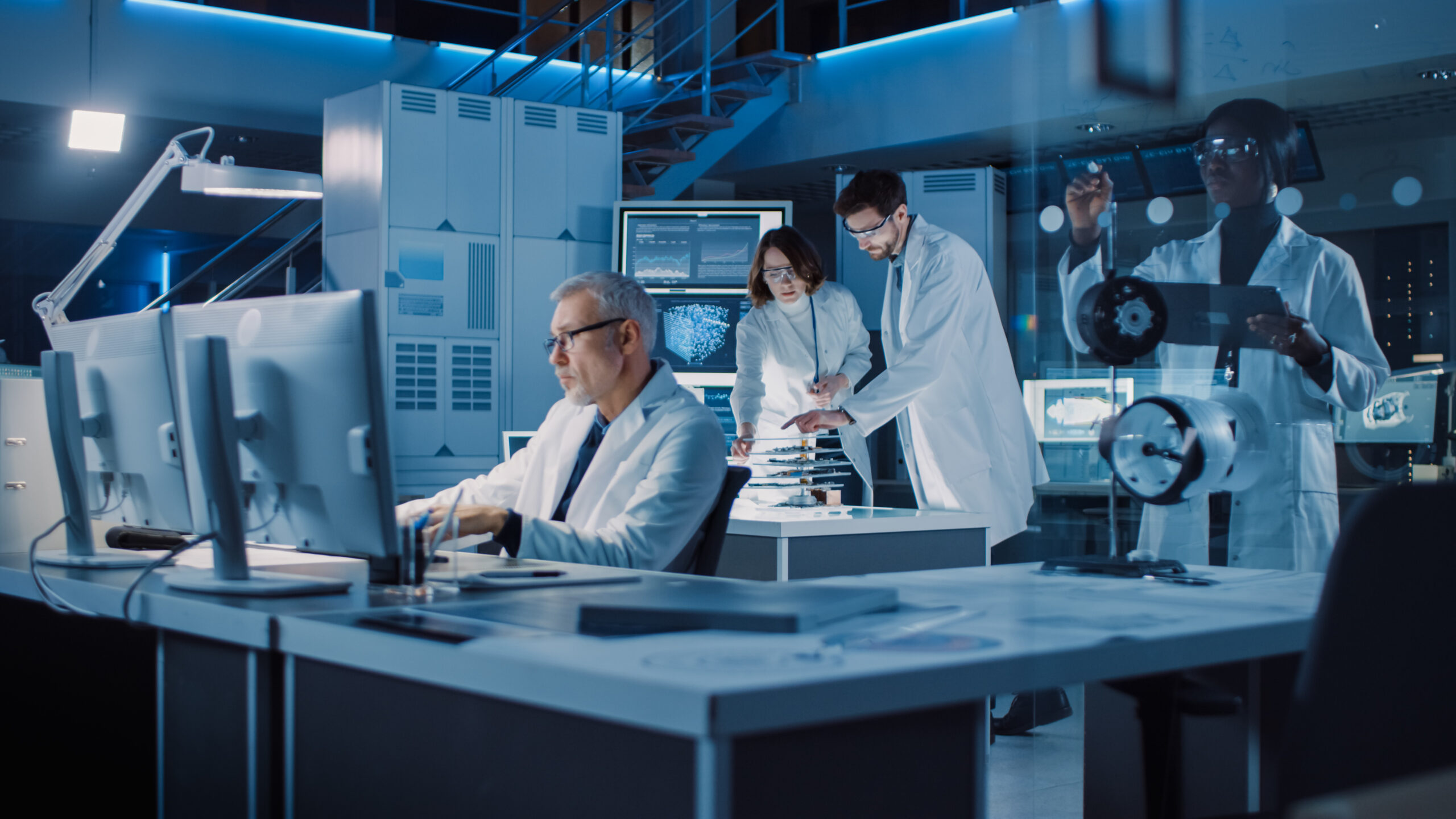Separating the various blood components allows scientists to analyze specific cell types. Each blood cell type serves a distinct purpose and performs a distinct function. Human leukocytes, for example, can be used to investigate immunological functions like cytokine production and surface marker expression. Diseases can be detected using other blood components.
Blood cells can be separated into cell subsets once they’ve been separated.
Components of Whole Blood
Red blood cells, white blood cells, platelets, and plasma are all found in whole blood. Depending on which component is being isolated, the best blood cell separation technique will be determined.
Plasma
Plasma, a protein-rich substance made up of 90% water, lipids, salts, and hormones, makes up the majority of blood. Plasma accounts for about 55% of total blood volume in the human body and serves a variety of functions. Plasma transports blood cells, coagulates blood, controls body water, and performs a variety of other functions. Essential plasma proteins such as albumin and immunoglobulins are in short supply and can cause serious health problems.
The three other blood components are suspended in plasma.
RBCs (Red Blood Cells) (RBCs)
RBCs, also known as erythrocytes, transport oxygen, and carbon dioxide throughout the body, supplying oxygen to tissues and transporting carbon dioxide to the lungs for expulsion. These cells make up roughly 44 percent of the overall composition of whole blood, making them the second most abundant component. RBCs are among the most important cells in the human body, but they are also one of the most common contaminants in cell samples.
White Blood Cells (WBCs)
WBCs, also known as leukocytes, keep the body’s immune system healthy by attacking infectious cells and foreign invaders. WBCs make up less than 1% of a total blood sample. They’re slightly bigger than RBCs and have specialized functions. Mononuclear cells (lymphocytes and monocytes) and polymorphonuclear cells are two types of WBCs (neutrophils, eosinophils, and basophils).
Platelets
Platelets, also known as thrombocytes, are “first responders” who form clumps at the site of injury to help stop bleeding. These cells are smaller than both red and white blood cells and make up less than 1% of the blood’s composition. Platelets can combine with a protein substance called fibrin to prevent further damage by forming a blood clot when the body suffers a laceration or puncture of some kind.
Blood Cell Separation Techniques
Plasma Separation from Blood Centrifuge
One of the commonly used methods to separate blood from plasma is Centrifugation. The denser, heavier particles are pushed to the sample’s outer edges by the physical force of continuous revolutions, resulting in three layers of varying densities: RBCs, a mixture of WBCs and platelets, and plasma. The addition of a density separation medium to human blood can also result in the isolation of mononuclear cells and granulocytes.
RBC Separation from Whole Blood Sample
There are several methods for separating or isolating RBCs from whole blood, but some are more efficient than others. While preserving the extracted RBCs may cost more money and time, some methods (such as RBC depletion) simply remove the contaminants without harming the surrounding blood cells.
RBC Depletion
When a single cell type is removed from a biological sample, depletion occurs (i.e. red blood cells). Human peripheral blood mononuclear cells (PBMCs) are frequently used to investigate immunological functions like cytokine function and surface marker expression. The presence of a large number of RBCs in a PBMC sample can cause background interference, lowering the accuracy of downstream assays. To achieve full functionality, they must be removed. RBC depletion is defined as the removal of RBCs from PBMCs.
Preparing Peripheral Mononuclear Cells (PBMCs)
T cells, B cells, NK cells, dendritic cells, and monocytes are white blood cells with round nuclei known as PBMCs. Many scientists use Density Gradient Centrifugation with a density gradient medium to separate these from plasma and RBCs. The PBMCs will be grouped together above the density gradient in a liquid layer for easy collection after centrifugation. Scientists can study only the cells of interest or isolate specific cells from a smaller cell population with no RBC contamination using PBMC preparation.
Purpose of Blood Cell Separation
Each blood cell type serves a distinct purpose and performs a distinct function. Scientists can study specific cell types by separating the various blood components. Some blood components can be used to detect diseases, while others can help researchers learn more about how the human immune system works. Researchers can study only the target cell population without being distracted by other cell types thanks to blood separation.
Strategies for Reducing Unwanted Contamination
RBC depletion or following protocols and using high purity cell isolation methods can help to prevent or solve contamination from RBCs and other residual blood cells. If the blood separation technique is accurate enough, RBC depletion is unnecessary. As a result, using an antibody-based sorting technique that targets specific cell subsets from the start could be extremely beneficial.
Isolation of Peripheral Blood Mononuclear Cells
The use of a density gradient centrifugation process is one of the techniques that aid in the separation of peripheral blood mononuclear cells from whole peripheral blood. The medium will have a density of 1.077 g/ml for human cells to allow adequate separation of PBMCs (density 1.077 g/ml) from red blood cells and granulocytes (density > 1.077 g/ml).
PluriSelect is a density gradient media that can be used to isolate leukocytes, monocytes, platelets, and PBMCs from older blood. TwinSpin and pluriMate, two different separation devices, allow us to separate the target fraction regardless of the density of the impurities. The centrifugation tubes make handling easier and speed up the purification process.
Pluriselect created a line of density gradient media that can be used for single-step density gradient centrifugation to separate specific blood cells.
- PBMC-Spin, with a density of 1,077 g/ml, can be used to isolate PBMC from fresh anticoagulated blood at room temperature.
- Leuko Spin is designed to enrich all types of leukocytes from anti-coagulated blood. We recommend using if you have to work with blood that is older than 12 or even 24 hours.
- PBMC24+ Spin, which is optimized for these conditions to reduce contamination with granulocytes.
- Monocyte Spin Medium has the density adjusted to separate with high efficiency the monocyte fraction
- PLT Spin Medium removes especially the platelet fraction from the blood cells.
When working with lymphocyte isolation or RBC removal from whole blood samples, we offer a cost-effective, time-saving solution with our Pluribead technology. Not convinced? Visit our website for more information on blood cell separation techniques, or talk to our experts today.
Reference:
NCBI
Science Direct
 English
English French
French
 German
German
 Spanish
Spanish
 Belgium
Belgium
 Italian
Italian Brazil
Brazil Chinese Mandarin
Chinese Mandarin




